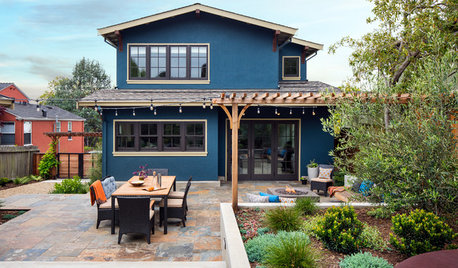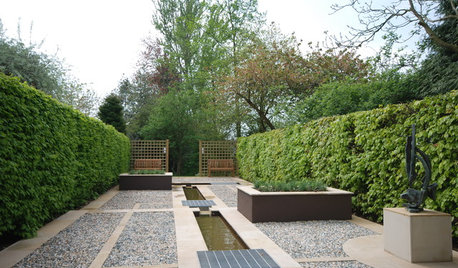I live in Southwest Missouri. Springfield. About an hour north of Arkansas and an hour east of Kansas. I'm in zone 6. My city is on the northern border of the Ozark Mountains. These mountains are limestone slates stacked as hard pans, one on top of the other. Very little grows through them, except Juniperus virginiana (Eastern Red Cedar). So, our soils do get alkaline. Yet, the climate allows a lot of deciduous growth where these hard pans are deep enough, therefore promoting acidity.
I have in my front yard an Acer griseum x nikoense growing. I planted it two seasons ago. It is about 15 feet tall and has a caliper size of about an inch and a half. It started peeling for the first time this summer on a few small spots along the trunk. The site is on the north side of my house. In the summer, it gets full sun from morning until evening. In the spring and fall, it gets only afternoon sun.
I am supposed to get red fall colors. But, the first year I planted it, I got a dull brown like that of many oak species. I figured it was a transplant shock. This fall, I got a bit more of a yellow color with brown margins. A closer inspection reveals that red pigments are in the leaves. But, they are only noticed up close.
I assumed my issue was that it may be a pH issue. The A horizon of my soil is mostly clay and limestone chunks. The hard pan is over 20 feet deep. I have about six inches of an O horizon. Off the top of my head, I believe it is an alkaline problem. I believe this because I have seen Pyrus calleryana "Bradford" turn red in Missouri and the same cultivar turn yellow in Logan, Utah. Utah has soils up in the 8's. However, I did see several standard A.griseum's at Utah State University that turned a brilliant red in the fall. So, I am at a loss as to my problem. I am going to test my soil at school, Missouri State University. But, I just wanted some ideas before I got into the lab. Anything would be appreciated.
Another idea I have is that of the full sun issue. I have found with several plants, such as Euonymus alata (Burning Bush) gets a deeper red in full sun than partial. Maybe the lack of sun in the fall is involved.











arktrees
Embothrium
Related Professionals
Arnold Landscape Architects & Landscape Designers · Parole Landscape Architects & Landscape Designers · Zion Landscape Architects & Landscape Designers · Woburn Landscape Contractors · Annandale Landscape Contractors · Dinuba Landscape Contractors · Garland Landscape Contractors · North Richland Hills Landscape Contractors · Oklahoma City Landscape Contractors · Pahrump Landscape Contractors · Porterville Landscape Contractors · Goose Creek Fence Contractors · Libertyville Fence Contractors · Manassas Fence Contractors · Redondo Beach Fence Contractorseric_griseumOriginal Author